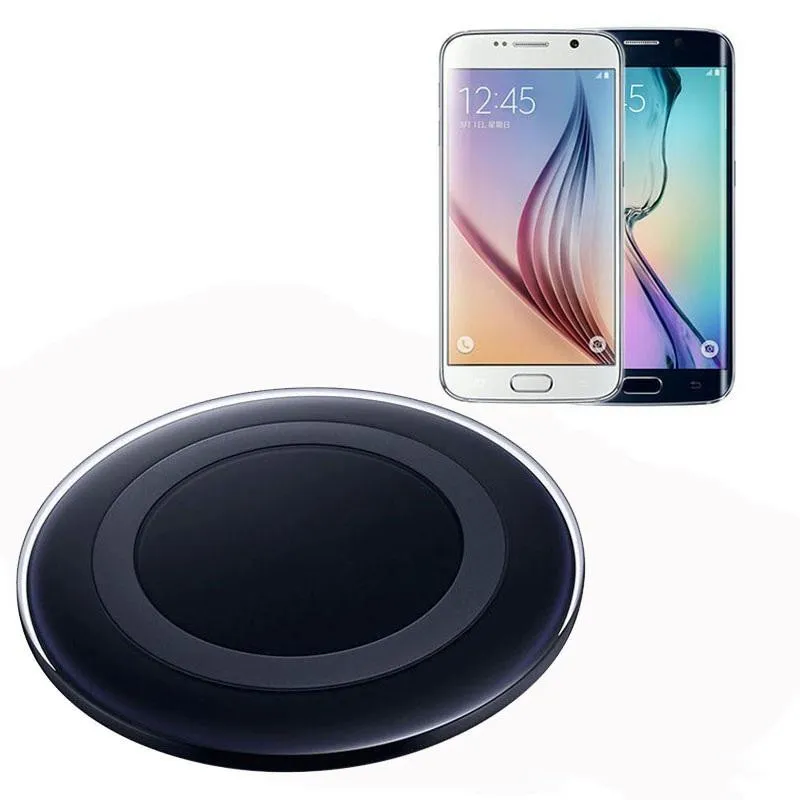
In this digital age, our lives are increasingly intertwined with technology. From smartphones to laptops, we rely on a multitude of devices to stay connected and productive. However, with these devices comes the constant need to keep them charged. This is where wireless charging technology has stepped in to revolutionize the way we power our gadgets. In this article, we will delve into the world of wireless charging, exploring what it is, how it works, and its implications for the future.
Introduction
Wireless charging, a technology once considered futuristic, has become an integral part of our daily lives. It has changed the way we power our devices, offering a convenient and cable-free alternative to traditional charging methods. In this article, we will explore the ins and outs of wireless charging, from its fundamental principles to its practical applications, and discuss its potential impact on our future.
The Basics of Wireless Charging
What Is Wireless Charging?
Wireless charging, also known as inductive charging or cordless charging, is a method of transmitting power from a power source to an electronic device without the need for physical connectors or cables. It relies on electromagnetic fields to transfer energy between the charger (transmitter) and the device (receiver).
The Evolution of Charging Methods
To appreciate the significance of wireless charging, it’s essential to understand its evolution. In the early days of electronics, devices were powered using direct current (DC) sources, such as batteries or wall adapters. This required physical connections and limited mobility.
With the advent of alternating current (AC) and the development of transformers, we saw the emergence of wired charging solutions. These involved plugging devices into electrical outlets using cables and connectors, which became the norm for decades.
How Does It Differ from Traditional Charging?
Wireless charging sets itself apart by eliminating the need for physical connections. Instead of plugging a cable into your device, you simply place it on a wireless charger, and power is transferred through the air. This not only reduces clutter but also allows for more flexibility and convenience in charging your devices.
The Science Behind Wireless
Charging
Electromagnetic Fields and Induction
The core principle behind wireless charging is electromagnetic induction. This process involves two coils of wire: one in the charger (transmitter) and one in the device (receiver). When an electric current passes through the transmitter coil, it creates an electromagnetic field around it.
Qi Wireless Charging Standard
One of the most widely adopted wireless charging standards is Qi (pronounced “chee”). Qi technology uses resonant inductive coupling to transfer power from the charger to the device. Many smartphones and accessories now support Qi wireless charging, making it a universal standard.
Magnetic Resonance Charging
In addition to inductive charging, magnetic resonance charging is gaining prominence. This technology allows for greater flexibility in device placement and alignment while maintaining efficient power transfer.
Types of Wireless Charging
Wireless charging isn’t a one-size-fits-all solution. It comes in various forms, each with its own advantages and applications.
Inductive Charging
Inductive charging is the most common type of wireless charging. It relies on the mutual induction between the coils in the charger and the device. When the coils are close together, energy is transferred efficiently.
Resonance Charging
Resonance charging, as the name suggests, relies on the resonance between the charger and the device. This allows for greater spatial freedom in device placement.
Radio Frequency (RF) Charging
RF charging is an emerging technology that uses radio waves to transmit power. It has the potential to enable long-distance wireless charging, making it a promising avenue for the future.
Wireless Charging in Everyday Life
Charging Smartphones and Tablets
One of the most common applications of wireless charging is in smartphones and tablets. Many modern smartphones support wireless charging, allowing users to charge their devices by simply placing them on a compatible charging pad.
Wireless Charging for Electric Vehicles
Wireless charging is also making waves in the automotive industry. Electric vehicles (EVs) can now be charged wirelessly, eliminating the need for plugging in cumbersome cables.
Healthcare and IoT Applications
Wireless charging has found its way into healthcare devices and the Internet of Things (IoT). It allows for continuous and hassle-free power supply to various medical devices and smart gadgets.
Advantages and Limitations
ofWireless Charging
Convenience and Cable Clutter Reduction
One of the primary advantages of wireless charging is the convenience it offers. No more fumbling with cables in the dark or untangling knots. Wireless chargers provide a seamless charging experience.
Efficiency and Energy Transfer
Wireless charging has come a long way in terms of efficiency. Modern wireless chargers are designed to minimize energy loss during the transfer process, making them almost as efficient as traditional wired charging.
Challenges and Future Developments
Despite its many benefits, wireless charging faces challenges such as limited range and slower charging speeds compared to wired methods. However, ongoing research and development aim to address these limitations.
How to Use Wireless Charging
Compatible Devices and Accessories
To use wireless charging, you’ll need a compatible device and a wireless charger. Most modern smartphones and some accessories support wireless charging, but it’s essential to check for compatibility.
Placement and Alignment
Proper placement and alignment are crucial for effective wireless charging. The device and charger coils must be aligned correctly for energy transfer to occur efficiently.
Safety Considerations
Wireless charging is generally safe for your devices, but it’s essential to use certified chargers and follow manufacturer recommendations to avoid overheating